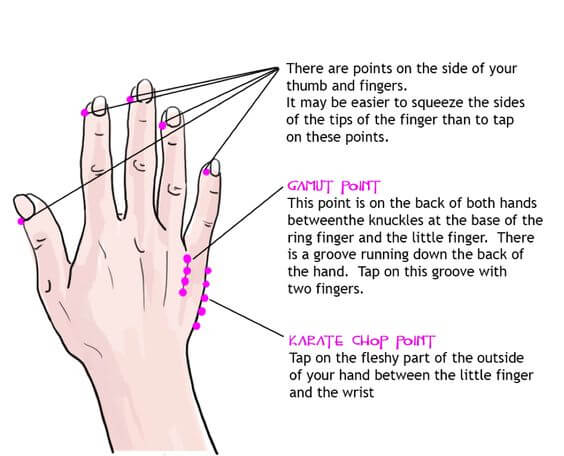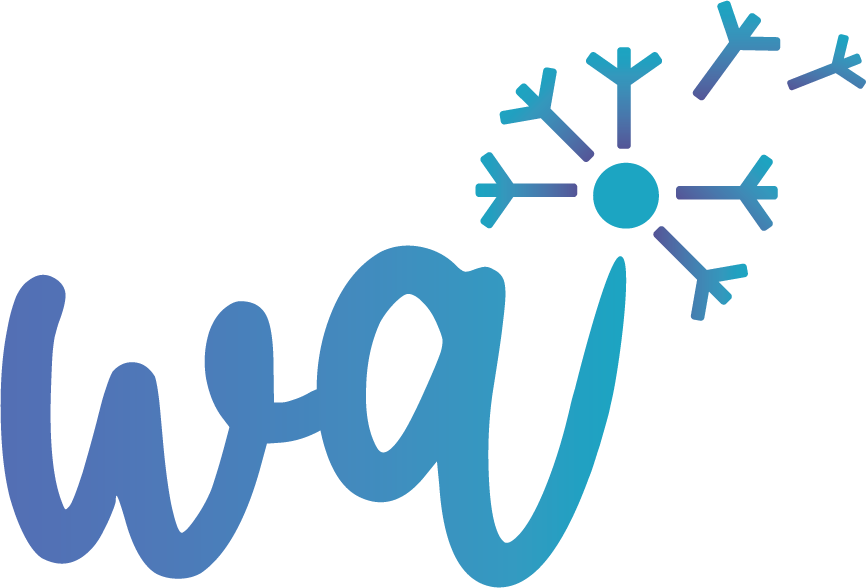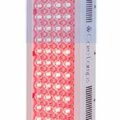Short-term stress is uncomfortable at best. It can lead to mood changes, feelings of anxiety, trouble sleeping, muscle tension, and fatigue, alongside other impacts. If stress is prolonged, the effects become far more serious, leading to an increased risk of heart disease, diabetes, anxiety, and depression. Stress can disrupt work, education, interpersonal relationships, and how you feel about yourself. So, what can you do?
The emotional freedom technique (EFT) can help you relieve stress and protect your health in a way that is unique to other modalities. EFT tapping addresses markers of stress in both the mind and body. This is part of why it is so powerful. Even better, the positive effects of EFT are confirmed through a variety of research studies.
In this article, we’ll go over:
- How EFT can help you live a less stressed life
- Using the Gamut point tapping to reduce stress
- How to conduct the 9-point Gamut procedure
- Benefits of EFT tapping vs. other techniques for stress
- How to find an EFT practitioner near you
How EFT Can Help You Live A Less Stressed Life
Research shows that the emotional freedom technique can lower physical and mental markers of stress. This includes lowering of the stress hormone called cortisol. Whereas other modes of therapy focus on thoughts alone, the emotional freedom technique requires that you:
- Acknowledge and work through thoughts that increase stress (e.g., “what if I get in trouble at work today?”)
- Connect with the body and use points to relieve physical tension.
This is what makes the emotional freedom technique so valuable. As you may know, there are various ways to use EFT tapping. EFT tapping sequences are tailored to the individual, and various points in the body can be utilized for the best results. Today, we’ll talk specifically about the use of the gamut point.

EFT For Stress And The Gamut Point
The gamut point is one of the most powerful spots for EFT tapping. But, you might wonder – What is the Gamut point? How do I find it?
The gamut point is found on the back of your hand (roughly an inch below your knuckles) between your ring finger and little finger. When you hold, tap, or massage the Gamut point, it stimulates what is called the triple heater meridian. Also referred to as the triple heater acupuncture meridian or triple warmer meridian, the triple heater meridian consists of twenty-three acupuncture points. It is known as the meridian that controls the “fight, flight, or freeze” response in the human body.
The fight, flight, or freeze response is sometimes called the stress response, and it is what signals our body to protect us from danger. The problems start when we’re high alert and feel as though we’re in danger even when we aren’t truly in harm’s way, as is the case for those with persistent stress or anxiety.
Understanding how to utilize gamut point tapping is so powerful because it allows you to connect with your body directly and calm the fight, flight, or freeze response.
How To Conduct The Gamut Procedure
Let’s talk about how to conduct the Gamut procedure, which consists of nine brain-stimulating actions. First, locate and start lightly tapping the Gamut point on your hand. Then, while tapping, complete the following actions:
- Close your eyes.
- Open your eyes.
- Move your eyes down toward the right without moving your head.
- Move your eyes down toward the left, still without moving your head.
- Roll your eyes clockwise.
- Roll your eyes counterclockwise.
- Hum a simple, neutral tune (such as “happy birthday” or “twinkle twinkle little star”) for two second
- Count rapidly from the numbers one through five.
- Hum a simple, neutral tune for two seconds again.
While you can pick virtually any tune to hum, make sure that you don’t have any negative memories associated with the song you choose. Gamut point tapping can be used independently or alongside basic EFT tapping – the kind of tapping sequence you may have used or heard of before, which often takes a deeper dive into your thoughts and emotions.
Using the Gamut procedure can promote better sleep alongside a reduction in feelings of stress. This is an ideal benefit, as stress is often linked to difficulty sleeping.
The emotional freedom technique can be used alongside or independent of other therapies. However, certain benefits may set EFT apart from other methods.
Benefits Of EFT Over Other Techniques For Stress
We have already touched on one of the greatest benefits of EFT, which is that it supports both mind and body wellness, reducing physical and emotional tension alike. In Western society, the mind and body are often separated in healthcare. A professional will frequently focus on the body or the mind, but not both. EFT acknowledges mental and physical health, but not only that: It addresses the two as one entity. In turn, people like you are able to find holistic (meaning whole-self) healing.
Even still, utilizing the mind-body connection is only one part of what makes the emotional freedom technique special. Other benefits of EFT vs. other techniques for stress include but aren’t limited to the following.
a. EFT lets you navigate stress independently
While it is ideal to learn from a trained EFT practitioner, you can take the skills you learn from your practitioner and use them yourself. The right EFT practitioner should teach you how to engage in EFT tapping on your own, and how to work through or troubleshoot negative thoughts, so that you can do it after your course of treatment is over.
Working with a practitioner also provides the opportunity to learn a number of different EFT procedures, whether that is the gamut procedure or a sequence that includes affirmations, thought reframe, and other tools frequently employed with EFT. It’s ideal to learn all that you can so that you have a full toolkit of stress reduction techniques.
b. EFT tapping for stress is convenient
EFT tapping is both convenient and accessible. Once you learn EFT tapping, you can take it anywhere. No special tools are required. Some people even learn about the basics or the foundation of EFT online through free videos and articles.
However, note again that it is ideal to have an EFT practitioner who can help you learn to use EFT correctly for the best results. If people do not know how to self-administer EFT tapping properly, they may not get all of the benefits of EFT.
c. EFT works both long-term and immediately
EFT shows promising effects long term, but it also has the advantage of helping people find relief right away. A study on nurses during the COVID-19 pandemic even found that one session of EFT led to a reduction in stress, anxiety, and burnout. In other words, many people feel the benefits of EFT right away.
Since procedures like the Gamut point procedure physically calm the body through acupuncture points, you don’t have to wait to experience the positive effects. EFT can bring you to a point of calm faster than other long-term therapy methods can, similar to breathing exercises, progressive muscle relaxation, and other mind-body tools.
d. The efficacy is similar to that of other techniques
Research suggests that EFT is similarly effective to other common therapy techniques, like cognitive behavioral therapy (CBT). Some people even prefer EFT over CBT or choose to use both. Again, it is safe to use EFT with a host of other forms of mental health support. The side effect risk is low with EFT, as it is an evidence-based and natural intervention.
Finding An EFT practitioner
When you look for an EFT practitioner, you want to ensure that you feel comfortable with the professional in question. Ask about how much experience they’ve had, what their education and training is like, and whether they’ve had success with clients facing concerns similar to your own. Remember that any practitioner you work with works for you and should be willing to answer your questions.
At the end of the day, what’s most important is that you find the right match and work with a professional who can help you most. If you are on the lookout for an experienced EFT practitioner tapping school would be an excellent choice.
References
Church, D., Yount, G., & Brooks, A. J. (2012). The Effect of Emotional Freedom Techniques on Stress Biochemistry. Journal of Nervous and Mental Disease, 200(10), 891–896.
Dincer, B., & Inangil, D. (2021). The effect of Emotional Freedom Techniques on nurses’ stress, anxiety, and burnout levels during the COVID-19 pandemic: A randomized controlled trial. EXPLORE, 17(2), 109–114.












Leave a Reply